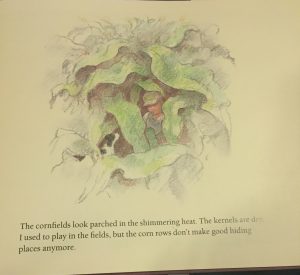Author(s): Charlotte Moundlic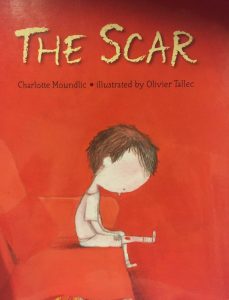
Illustrator/Photographer: Olivier Tallec
Publisher and Year: Candlewick Press in 2011
Number of Pages: 31
Genre: Fiction
Analysis:
This story began with a little boy explaining that his mother had just died and left him with just his father. The boy goes through a series of emotions and feelings like being angry that his mother left him, sad that she won’t be there as he grows up, tired from trying to take care of his father, and fearful that he might forget his mother. In the end, his grandmother, his mom’s mom, reminds him that his mother is always with him in his heart.
The illustrations in the story were an important part of this text because they helped add to the overall tone of the story and they helped to depict the feelings of the characters. For example, the color red is the primary color on every page, which can represent a variety of intense emotions such as, anger, fear, love, and passion, which are all emotions felt by the main characters. In fact, the little boy is always a different shade of red depending on his current mood, the more upset or angry he is feeling, the darker the shade of red. I also noticed that the characters sometimes have a mouth on their face and at other times there is no mouth on their faces at all. I think the illustrator did this to show that sometimes the characters may seem fine on the outside, but the text explains that they are still struggling with the loss of the mother.
I believe that this story could work well as a window for children to be introduced to and help to teach the different stages of grief. This could be especially helpful for children who have not been exposed to death to help them to understand the feelings that their friends or family members may have experienced or are experiencing. This book could also function as a mirror for children who have lost a family member, because it can help them understand that having different emotions is completely normal. None of the characters in the story have names, which symbolizes that this little boy and his father can represent all people who feel these emotions, not just this one fictional family. I also believe that it is important to note that the mother is the one who dies in this story, which leaves the little boy with his father to show a different family dynamic where there is a widowed father and his son. Overall, I believe that this is a great story to read to children to help them understand that it is okay to grieve when someone important to you has died, and that there are many stages and emotions associated with grief.


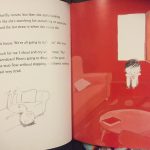

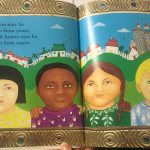
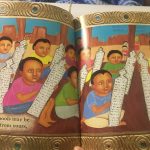
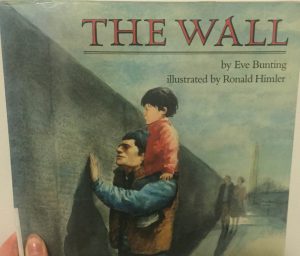
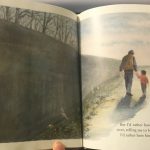

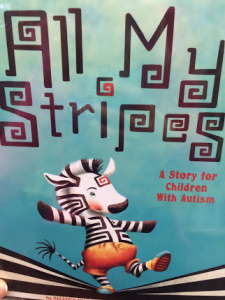

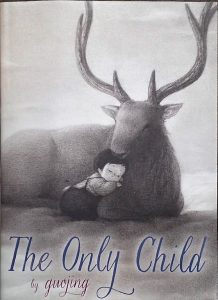
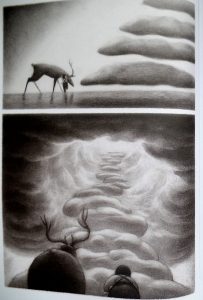 A lonely, only child runs away from home and finds a mysterious stag that takes her to a magical world. In this world, she feels loved and eventually misses home. Guojing takes us through the young girl’s journey back home to her family.
A lonely, only child runs away from home and finds a mysterious stag that takes her to a magical world. In this world, she feels loved and eventually misses home. Guojing takes us through the young girl’s journey back home to her family.
 In March: Book One John Lewis tells about the struggle he has gone through and witnessed since the beginning days of segregation. He highlights the highs and lows of the Civil Rights Movement, and how much influence he had in the process.
In March: Book One John Lewis tells about the struggle he has gone through and witnessed since the beginning days of segregation. He highlights the highs and lows of the Civil Rights Movement, and how much influence he had in the process.![2016-05-16_16.24.01[1]](https://blogs.iwu.edu/lrbmt2016/files/2016/05/2016-05-16_16.24.011-300x300.jpg)
![2016-05-16_16.24.51[1]](https://blogs.iwu.edu/lrbmt2016/files/2016/05/2016-05-16_16.24.511-300x152.jpg)
![2016-05-16_16.28.25[1]](https://blogs.iwu.edu/lrbmt2016/files/2016/05/2016-05-16_16.28.251-300x298.jpg)
![2016-05-16_16.29.33[1]](https://blogs.iwu.edu/lrbmt2016/files/2016/05/2016-05-16_16.29.331-300x160.jpg)
 Author(s): Eve Bunting
Author(s): Eve Bunting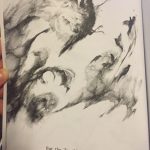
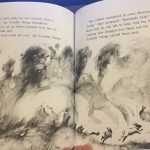
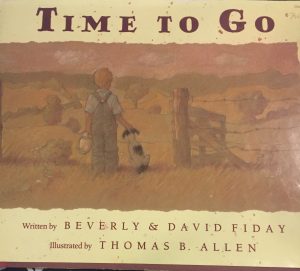 Author(s): Beverly and David Fiday
Author(s): Beverly and David Fiday